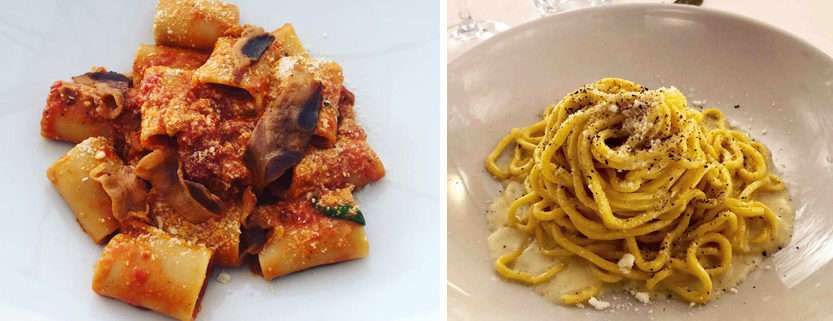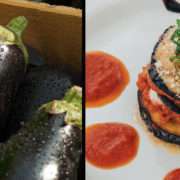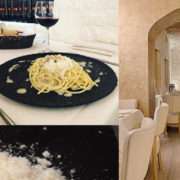Pasta, like pizza, has made Italian cuisine famous throughout the world. In Italy there are many kinds of this product and they differ in ingredients, shapes, processes and methods of cooking. In addition, each recipe uses precise formats, so as to create a perfect combination of pasta and ingredients.
The types of pasta vary from one region to another, but also from one location to another in the same region, some over time have had a national spread, or international as spaghetti, while others have remained the exclusive heritage of their places of origin.
Among different processing methods and more or less bizarre names, the world of pasta is rich and varied, let’s discover some of its characteristics together.
Processing methods
A first fundamental difference concerns fresh and dry pasta. The first must be kept in the fridge and consumed within a few days, the second, the classic dry pasta, if stored at room temperature in the pantry, can last for several months.
Dry pasta can be stored for a long time because, thanks to the drying method, it is dehydrated during processing, thus preventing the proliferation of bacteria. Even if for convenience we tend to prefer dry pasta, we also allow ourselves the pleasure of eating fresh pasta sometimes, making sure, however, that it has been prepared and preserved with care.
There is an infinite number of shapes of pasta on the market with different costs, how to find your way around? Surely you should prefer products that are bronze drawn, a process carried out at low drying temperatures to preserve the nutritional properties of the ingredients.
The products made by artisan companies offer a higher quality both for the raw materials chosen, both for the attention they pay to the processing methods. The work of the pasta makers is based on an ancient art, which is handed down from generation to generation. Even if they continue to apply these consolidated techniques, some of them do not give up trying to distinguish themselves by combining traditional products with alternatives that capture the attention of consumers.
Each ingredient has its own pasta
Have you ever wondered why there are so many shapes and sizes of pasta? First of all to arouse the curiosity of consumers, small or large, and then because not all shapes are suitable for every ingredient. Let’s take a few examples:
1) Let’s say: Cacio e pepe, we are implying the use of long pasta, spaghetti or tonnarelli, because they blend better with the creamy sauce of this dish, typical of the Roman cuisine. A simple recipe, but extremely tasty, which includes only three ingredients: salt, black pepper and pecorino romano.
2) Spaghetti and clams are inseparable by tradition and to ensure the right creaminess to this dish with only few ingredients, long pasta is the best choice.
3) And what about the Amatriciana? Bucatini or spaghetti are the perfect shapes! This ancient recipe, born in Amatrice, was originally without tomato and had the name of Gricia (typical dish of Lazio cuisine, still very popular today). The addition of tomatoes to the other ingredients, peppery guanciale (cured pork cheek) and pecorino romano, is subsequent to their being imported from the Americas. For both the Amatriciana and the Gricia, rigatoni are a valid alternative to spaghetti and bucatini.
4) If we move to the south of the boot, in Puglia we find the orecchiette with turnip tops (also called “strascinati”). The recipe requires that the pasta is cooked with vegetables and sautéed with garlic, oil and anchovies, the orecchiette are perfect to ensure a good result.
The pasta, as well as for its shape and production, also differs for the flours used in the dough. For example, Tacconi, originating in the Marche region, has wheat flour and broad bean flour in the dough; the gnocchi are prepared with potatoes, flour, eggs and salt. Rice, buckwheat and corn flours are some of the flours used to produce gluten-free pasta.
The shapes and recipes that characterize this traditional dish of Italian cuisine are numerous. You are spoilt for choice between tradition and innovation!
If you are passionate about pasta, and in particular the typical dishes of Roman cuisine, il Piccolo Mondo is the restaurant for you, we are waiting for you!
For reservations please contact us at 06 42016034.











